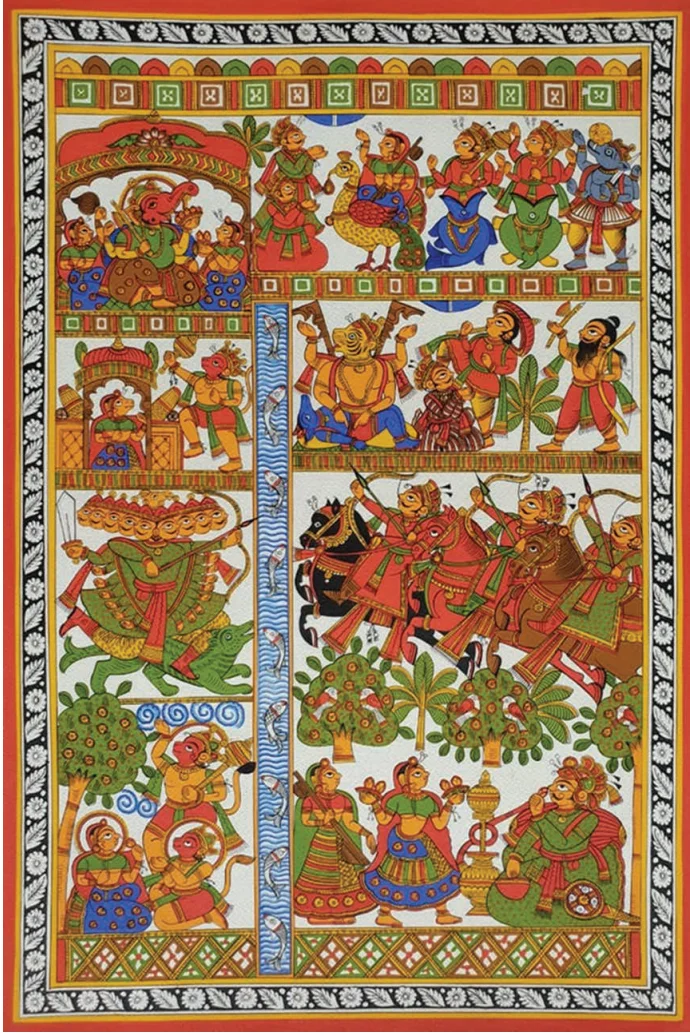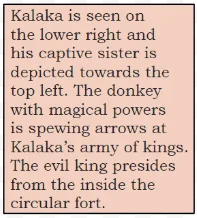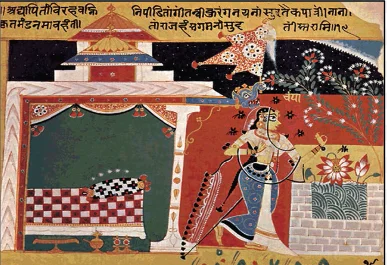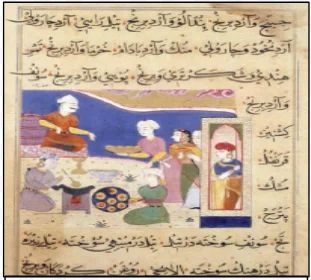![]() December 22, 2023
December 22, 2023
![]() 3533
3533
![]() 0
0
The Western Indian Painting School emerged in the 19th century, blending Indian and Western artistic traditions. It thrived in regions like Rajasthan and Gujarat, showcasing vibrant colors and intricate details.
Prominent Schools Western Indian Painting School: Jain, Sultanate, and Pala Traditions
Jain School of Painting: Birth, Evolution, and Splendor in Western Indian Painting School






<div class="new-fform">
</div>
Latest Comments